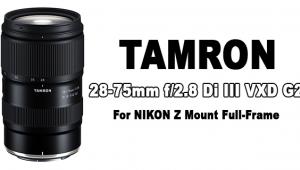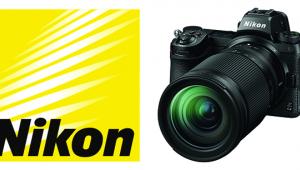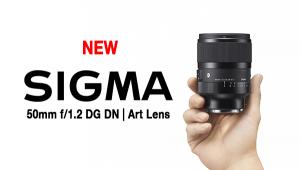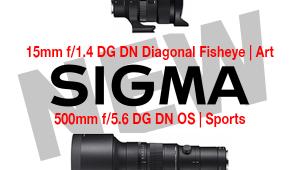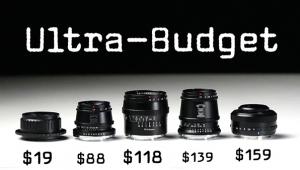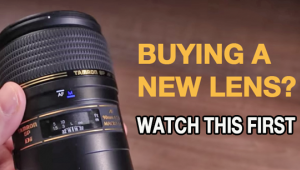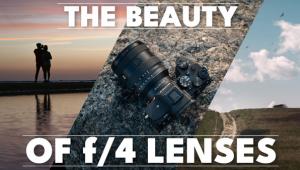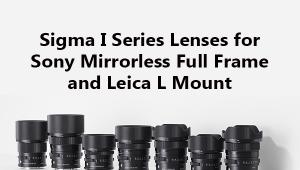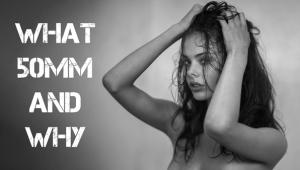Understanding Crop Factor & What it Means for Your Photographs (VIDEO)

One of the first decisions every photographer makes before purchasing a new camera is whether they want a full frame model or one with an APS-C or micro four thirds sensor. It’s an important consideration because the choice you make determines what the focal length of your lenses really means.
If you mount a 17-70mm lens on a full-frame camera, for example, it performs exactly as it would on a 35mm model. But mount the same lens on an APS-C camera and it provides an angle of view equivalent to a 25-105mm lens. That means you get the full effect of a wide-angle lens on full-frame cameras, while gaining a bit of reach on an APS-C model. And with micro for thirds cameras the stated focal length provides angle of view that’s actually twice that of the 35mm equivalent.

To complicate things further, while you can mount a full-frame lens on an APS-C camera, some lenses are designed only for use on crop sensor cameras. In the quick video below, British photographer Dave McKeegan makes sense of all this with a demonstration of how crop factor affects the focal length of your lenses and the resulting images you make.
If you only have one camera, you’ll quickly become accustomed to how various focus lengths perform. But if you use both a full-frame and an APS-C camera it can be extremely handy to know the equivalent angle of view captured by each of your lenses. And depending upon a scene, and whether you’re after a wide angle or telephoto look, you may even choose to use one of your cameras instead of another.

All of this applies similarly when using lenses on micro four thirds cameras, albeit to a more exaggerated degree. In short, McKeegan provides an easy frame of reference in just seven minutes that will eliminate any confusion about crop factor.
After watching the video you’ll never be confused about crop factor again. And be sure to visit McKeegan’s YouTube channel for more helpful tutorials.
- Log in or register to post comments



